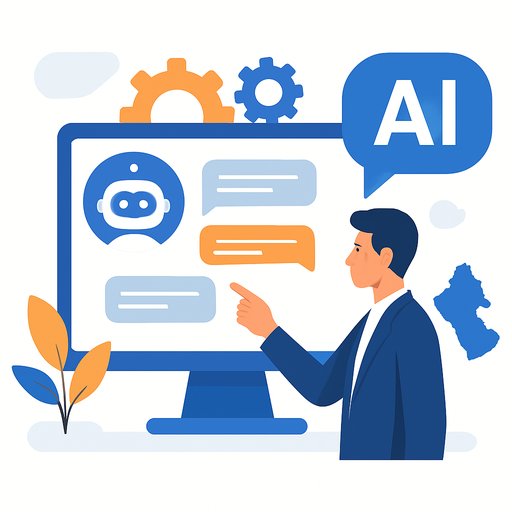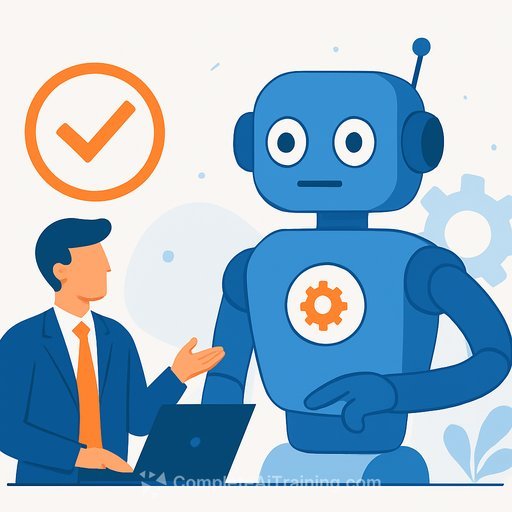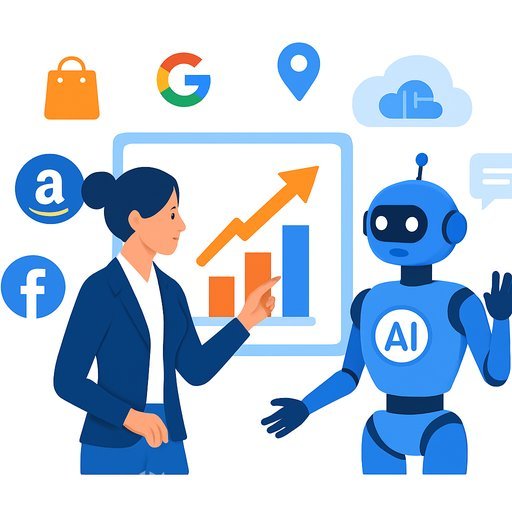77% of Support Leaders Face Executive Pressure to Deploy AI
A recent Gartner survey confirms what many in customer support already feel: the push to adopt AI is coming from the top. 77% of leaders report pressure from executives to integrate AI into their operations.
The money is following the mandate. 75% of service leaders saw budget increases for AI initiatives this year. This investment means the typical leader will add five new full-time roles just to manage these projects over the next 12 months.
Where to Direct Your AI Efforts
According to Keith McIntosh at Gartner, focusing on four key areas will yield the best results for efficiency and customer experience. The most impactful use cases are those that assist agents, empower customers, automate operations, and introduce agentic AI.
1. Agent Enablement
As self-service handles simple queries, your agents are left with a constant stream of complex issues. This increases cognitive load and burnout. The easy interactions that once provided a breather are disappearing.
AI can provide direct support with tools for auto-summarization, auto-replies, and desktop automation. The goal is not to replace agents, but to reduce their cognitive burden and make their difficult job more manageable.
2. Low-Effort Self-Service
Self-service is evolving. While many customers are wary from past experiences, new generative AI improves knowledge retrieval, and AI agents are becoming more capable. They can work across systems to automate more complete resolutions.
Gartner predicts these AI agents will handle 80% of common issues autonomously by 2029. The focus shifts from automating everything to strategically deciding where a human touch is most valuable.
3. Automating Operations Support
AI's benefits extend beyond the agent-customer interaction. It offers powerful tools for supervisors and workforce planners who are still dependent on spreadsheets and older calculation methods.
Supervisors gain new performance insights and reporting capabilities by connecting analytics with business intelligence tools. Planners can access more accurate forecasting and scheduling models, improving efficiency across the entire operation.
4. Agentic AI
This refers to AI that acts on its own initiative. For instance, an AI agent could detect an issue from signals across company systems and proactively offer support to a customer before they even complain.
This opens the door to a new class of proactive, rather than reactive, customer service. Many more applications for this technology are expected to appear over the next year.
Execution and the Human Factor
Prioritizing these high-impact use cases is critical for achieving operational excellence. These projects require significant time and collaboration with IT departments to implement correctly.
As your team navigates these changes, developing new skills is essential. Understanding the principles of AI will be a core competency for support professionals. You can explore courses on AI automation to prepare your team for what's next.
This push for AI is not about total replacement. Gartner also predicts that by 2028, no Fortune 500 company will fully replace its human customer service staff with AI. The future is a collaboration between human expertise and AI efficiency, and the pressure is on to build that future now.
```Your membership also unlocks:





